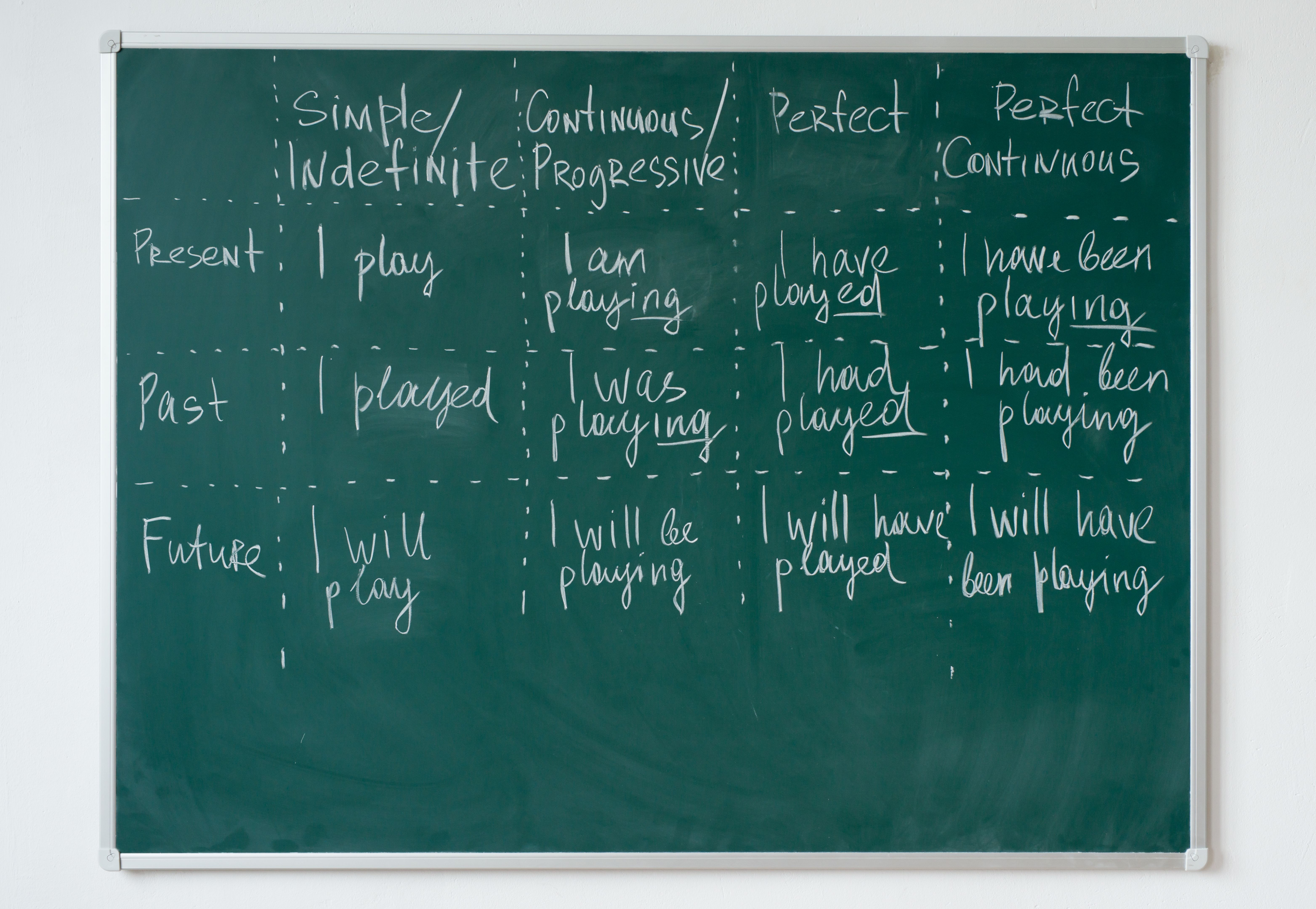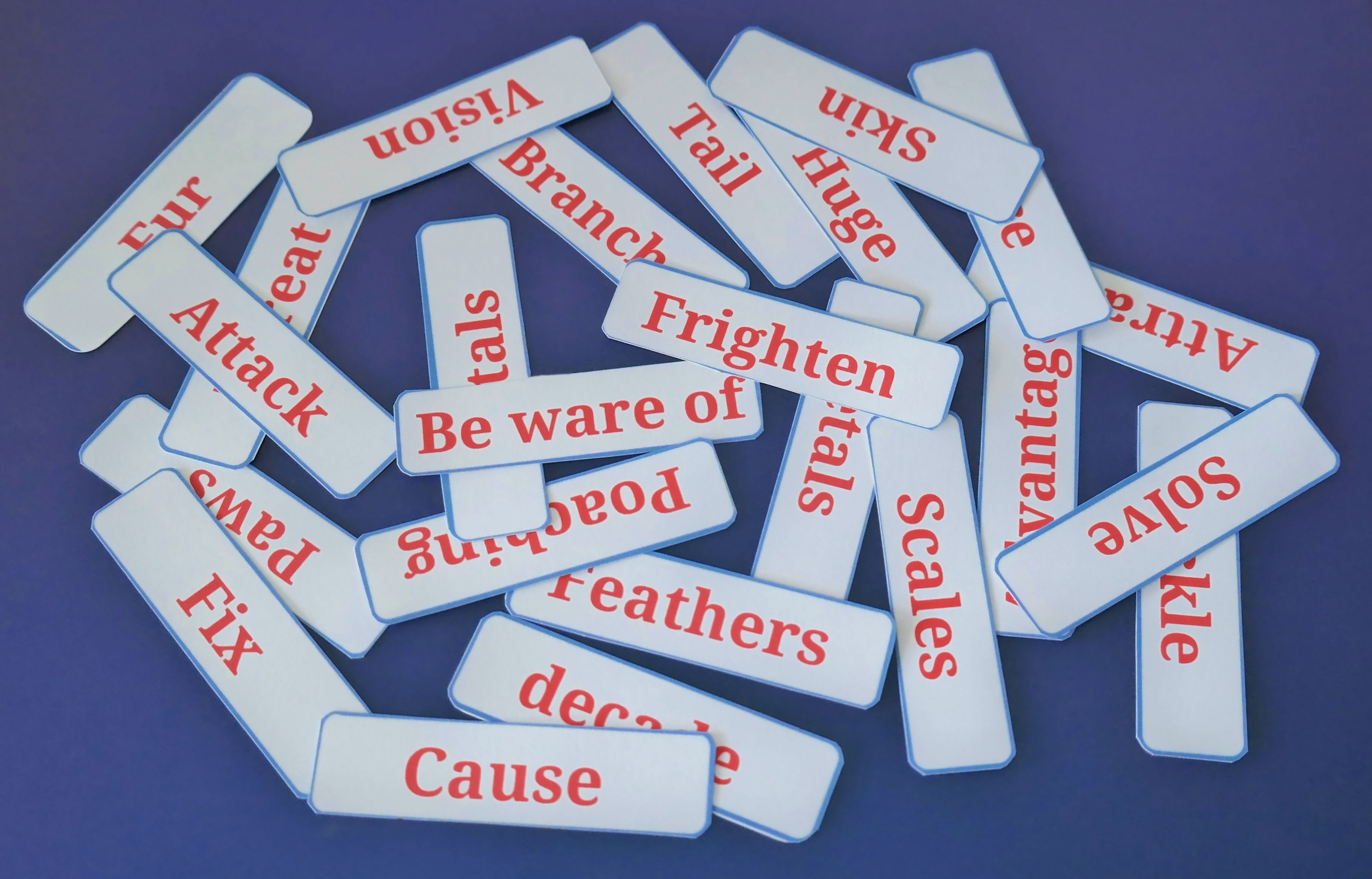Understanding Plurals in English
JT
Introduction to Plurals
Understanding plurals in English can be a bit tricky, especially for non-native speakers. However, mastering them is essential for proper communication. Plurals are used to indicate that there is more than one person, animal, or thing. While some rules are straightforward, others come with exceptions that need to be memorized.

Basic Rules for Forming Plurals
The most common way to form plurals in English is by adding an -s to the end of the noun. For example, "cat" becomes "cats" and "book" becomes "books." This rule covers a majority of nouns, making it a reliable starting point for beginners.
However, when a noun ends in -ch, -s, -sh, -x, or -z, you usually add -es to make it plural. For instance, "box" becomes "boxes" and "brush" becomes "brushes." This helps maintain the pronunciation of the word.
Irregular Plurals
English has many irregular nouns that do not follow the standard rules for pluralization. These nouns change their form entirely. For example, "man" changes to "men," and "mouse" changes to "mice." Memorizing these irregular plurals is often the best approach since they do not adhere to a consistent pattern.

Plurals of Nouns Ending in -y
When a noun ends in a consonant followed by -y, you generally change the -y to -ies to form the plural. For example, "lady" becomes "ladies," and "city" becomes "cities." However, if the noun ends in a vowel followed by -y, you simply add an -s. For instance, "key" becomes "keys."
This rule helps clarify pronunciation and maintains the flow of the word when spoken.
Nouns With No Change
Some nouns have the same form in both singular and plural. These include words like "sheep," "deer," and "species." Context within a sentence typically indicates whether the noun is singular or plural, so it’s important to pay attention to surrounding words.

Special Cases and Exceptions
Certain nouns have unique plural forms due to their origins or usage in English. For example, the word "child" becomes "children," and "foot" becomes "feet." These exceptions often stem from older forms of English or borrowed words from other languages.
Additionally, some words like "bacteria" and "criteria" are already plural forms of their singular counterparts, "bacterium" and "criterion." It’s essential to understand these special cases to avoid common mistakes.
Conclusion
Understanding plurals in English requires familiarity with standard rules as well as exceptions. By learning regular patterns and memorizing irregular forms, you can become more proficient in using plurals correctly. Whether you are writing, speaking, or reading, knowing these nuances will enhance your communication skills significantly.
Keep practicing and referring to these guidelines whenever you're uncertain about forming plurals. With time and experience, you'll find that understanding plurals becomes second nature.
